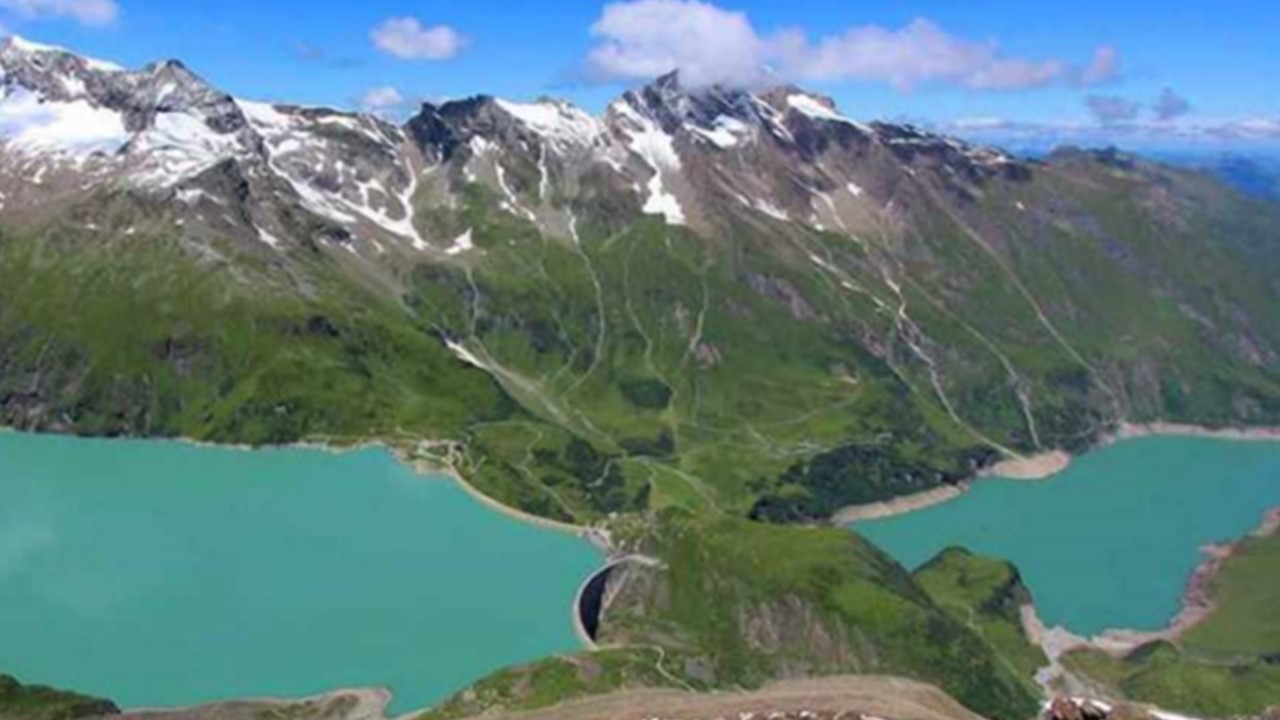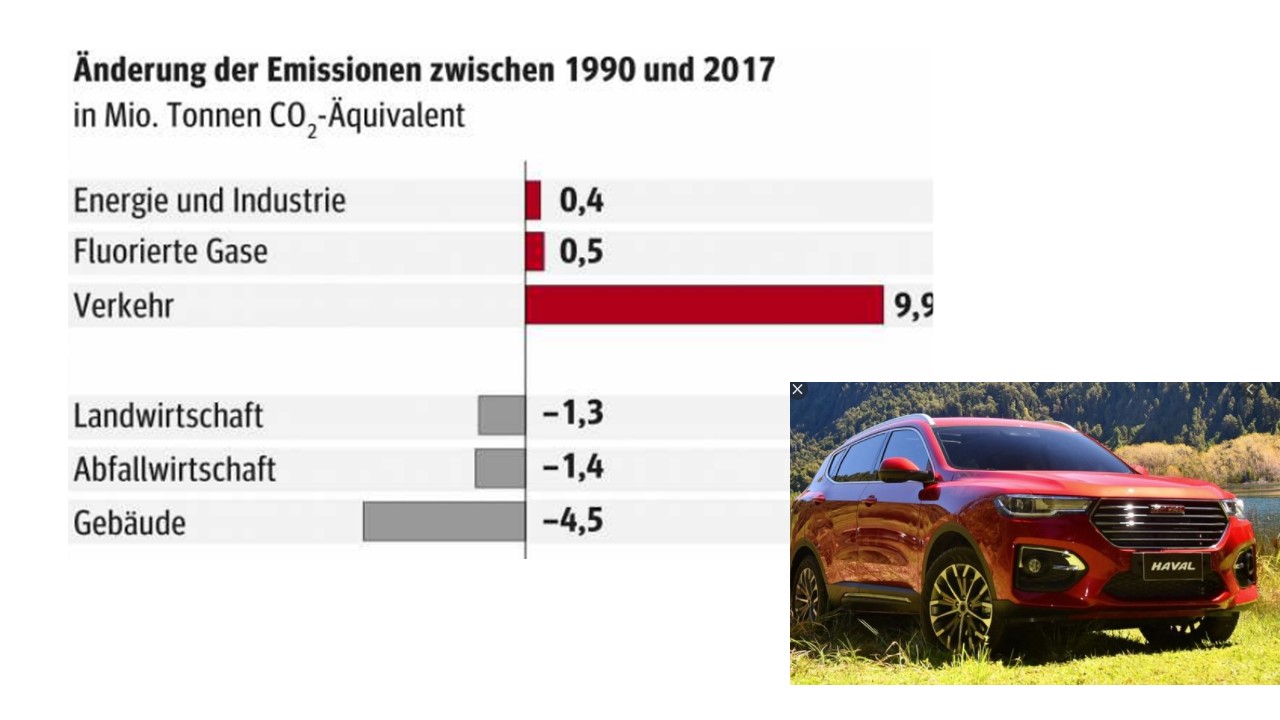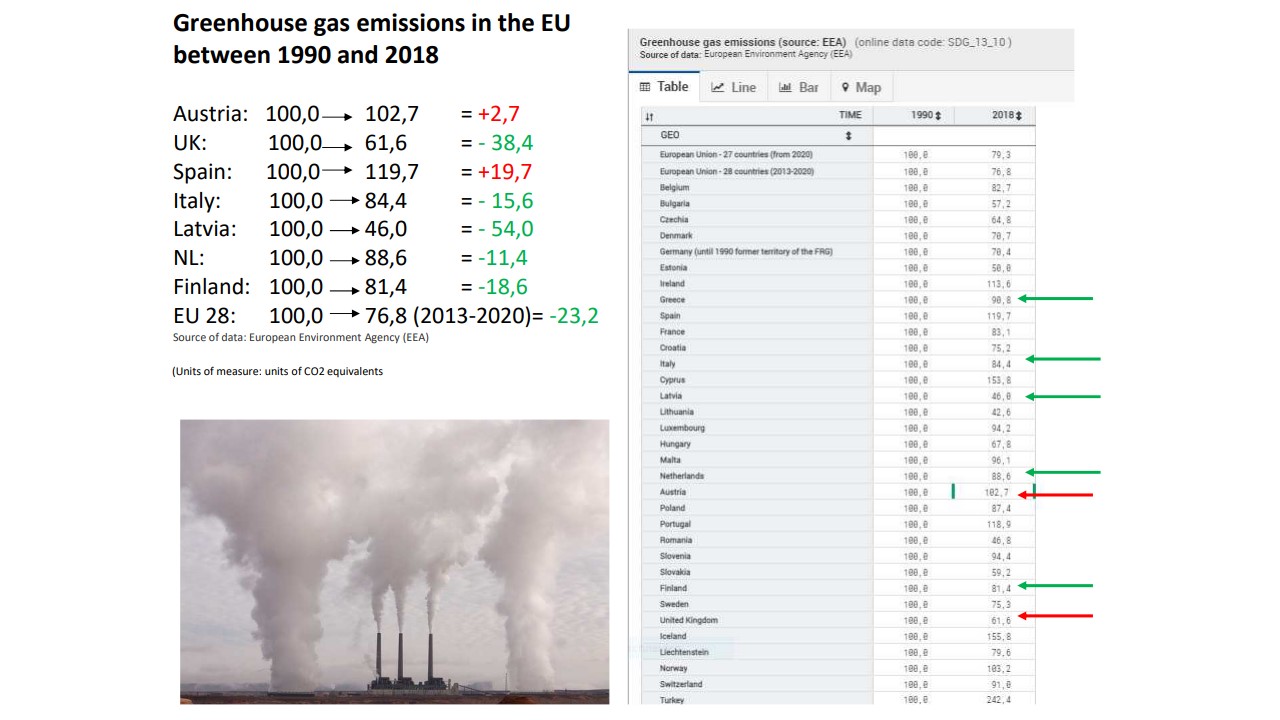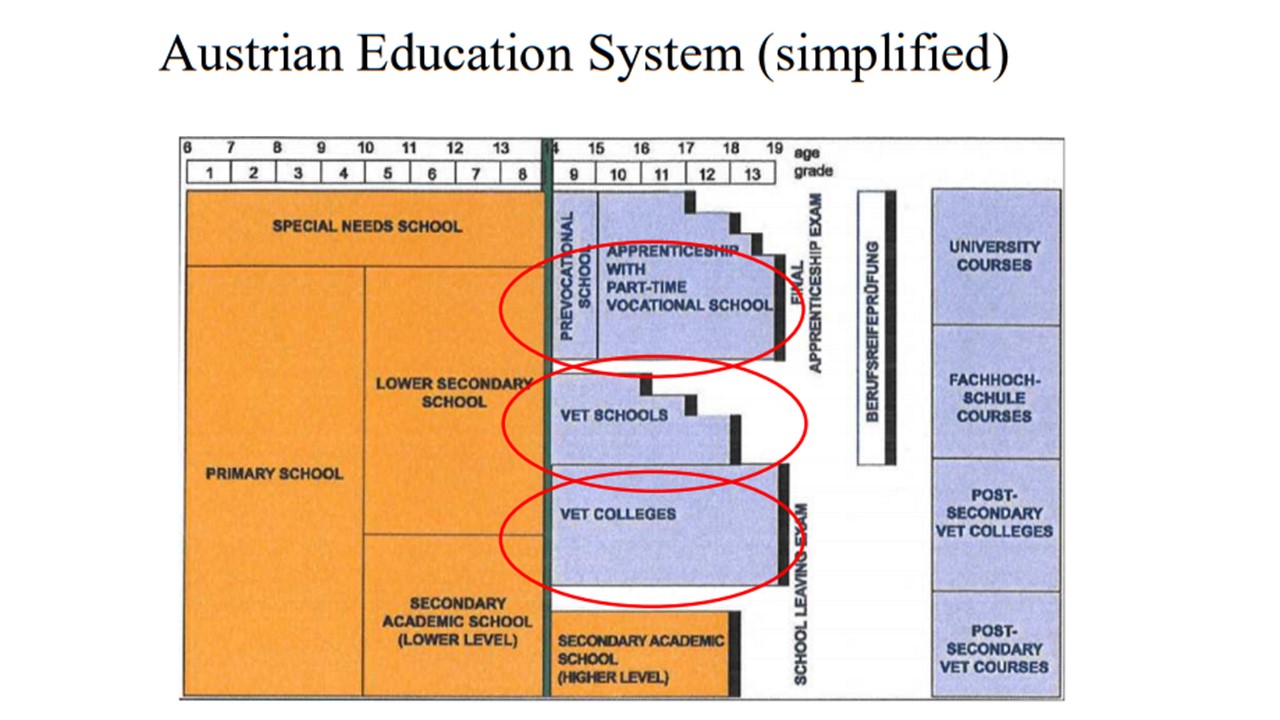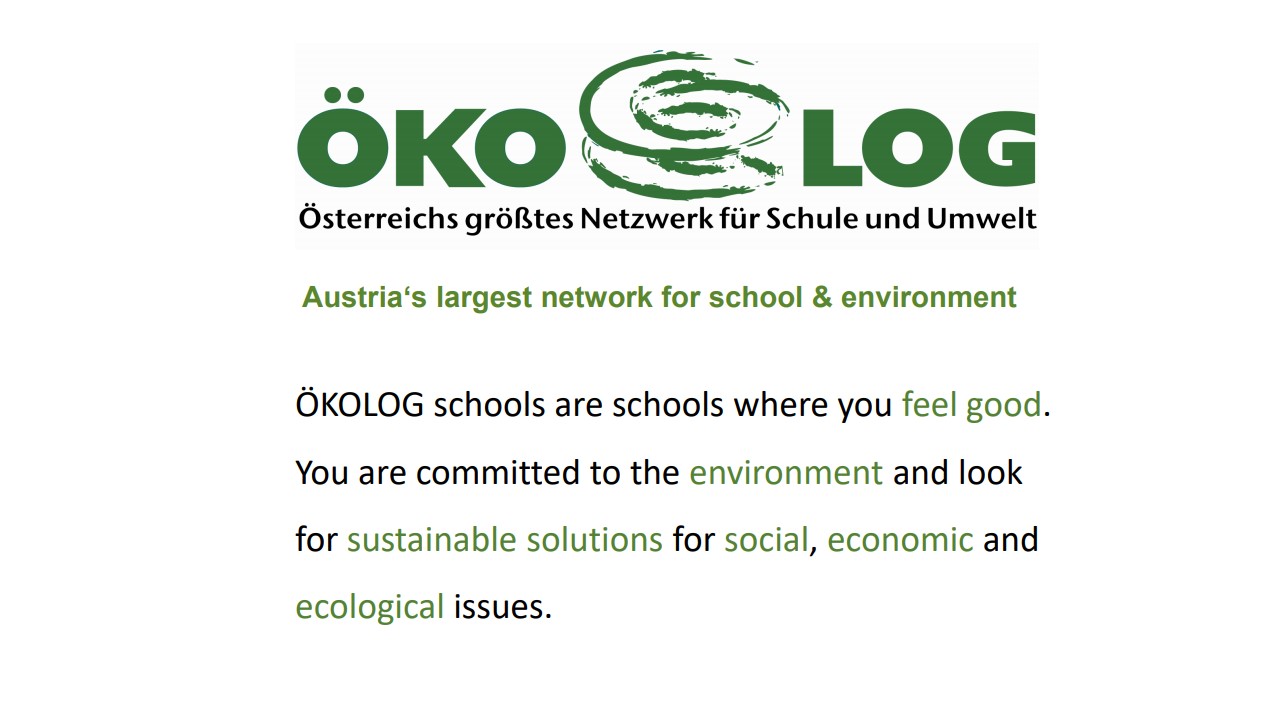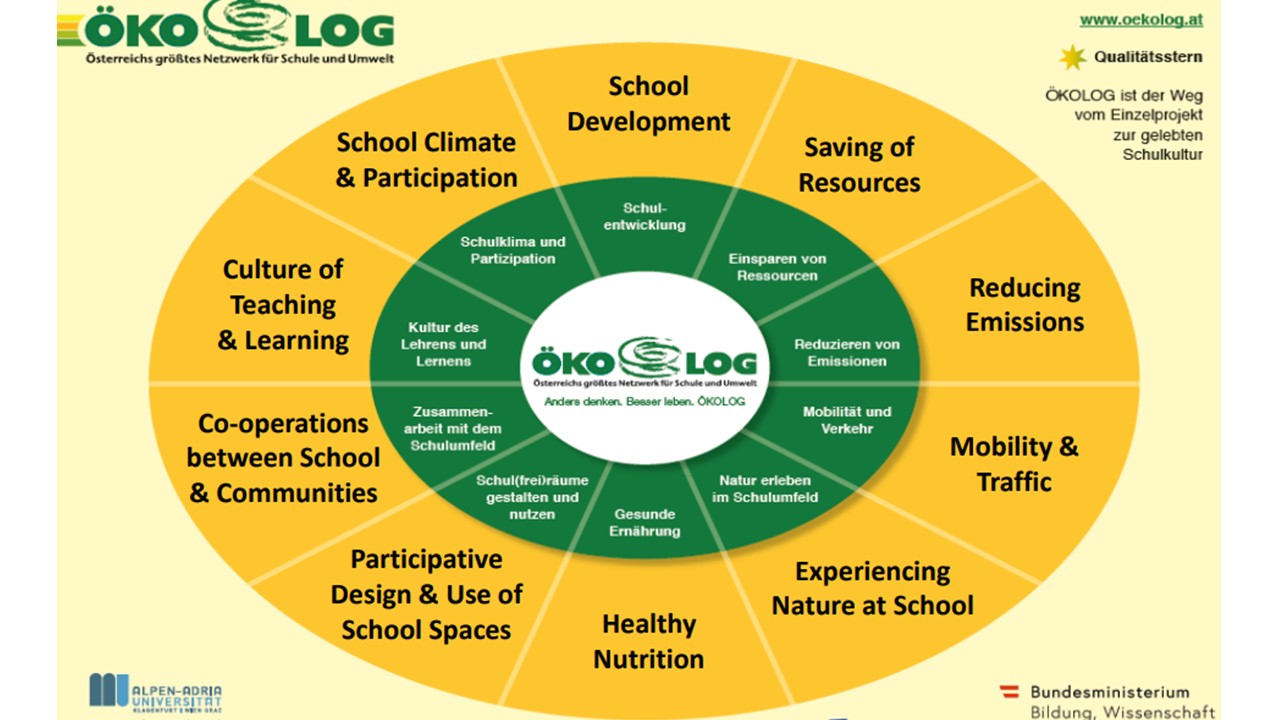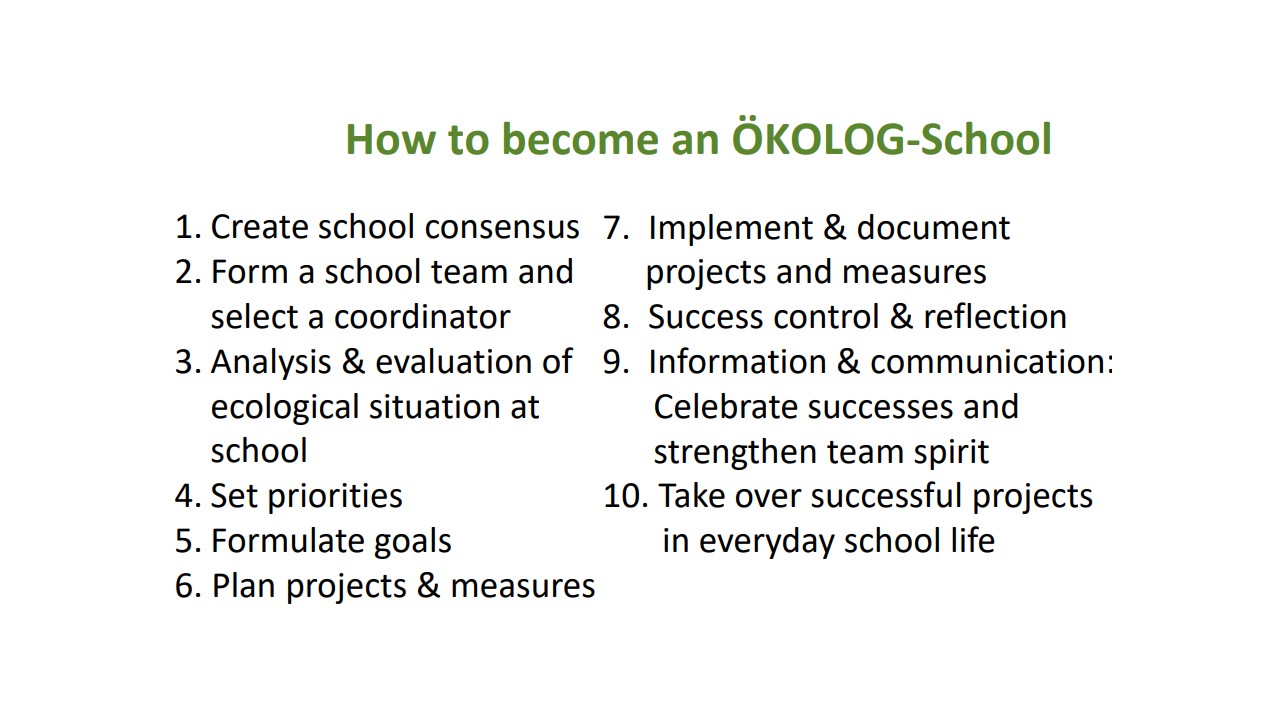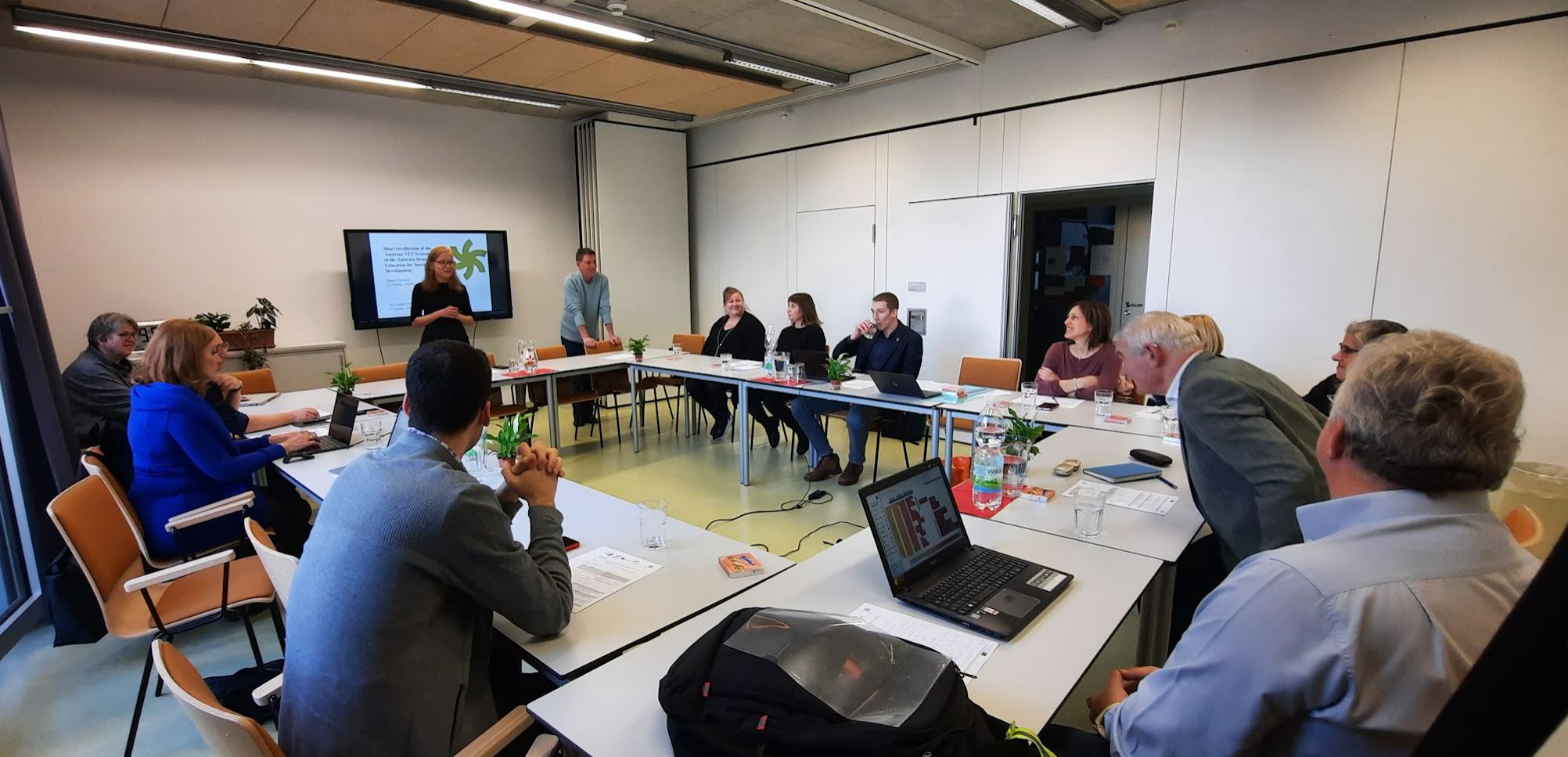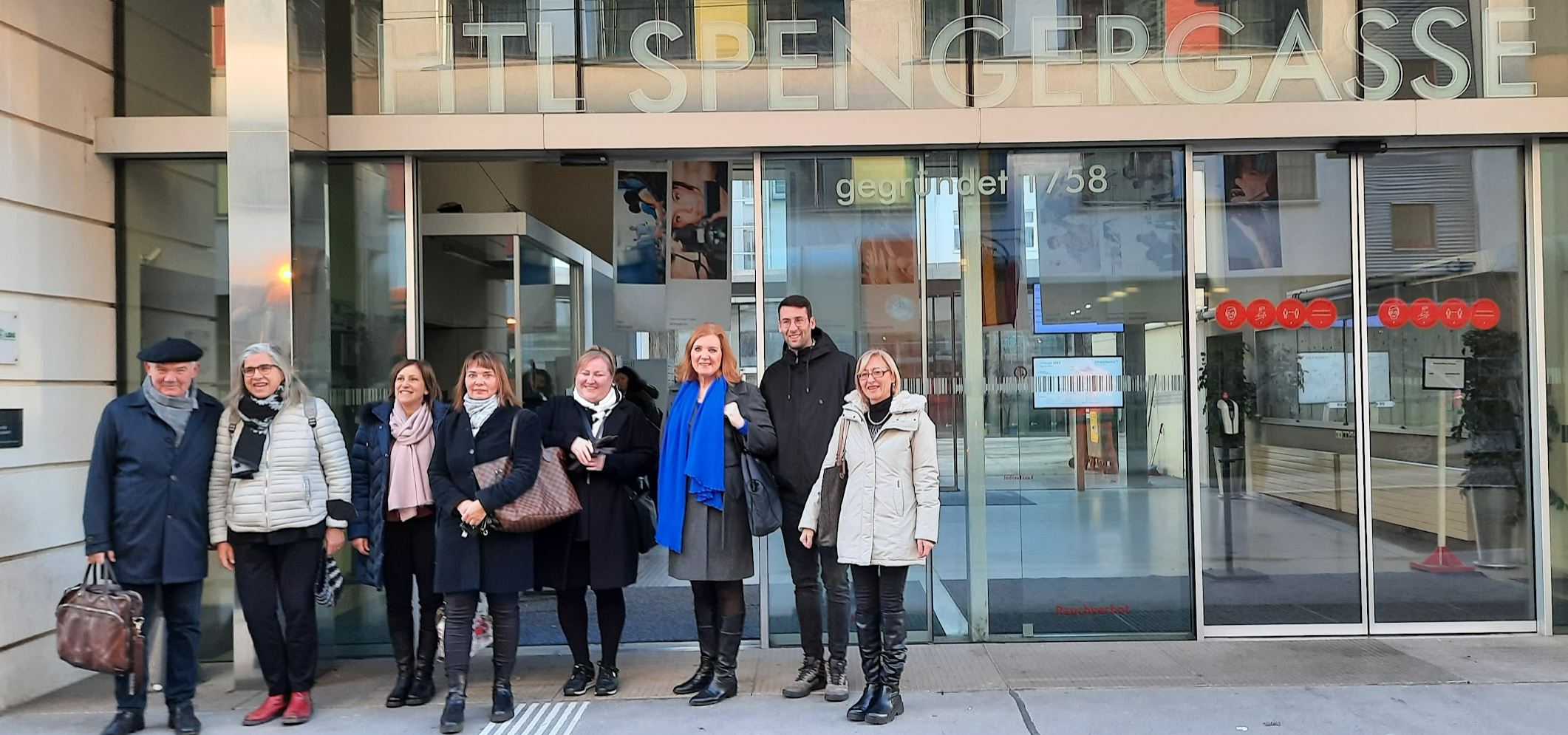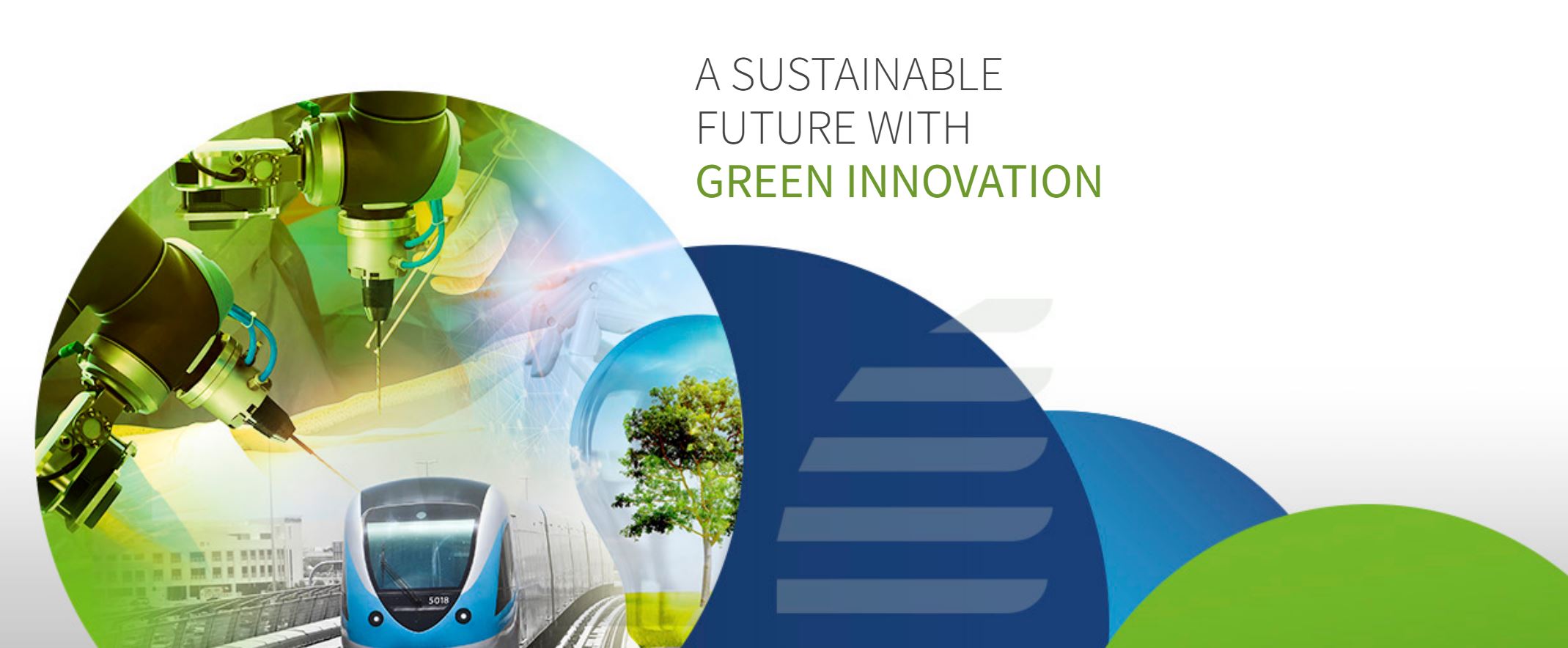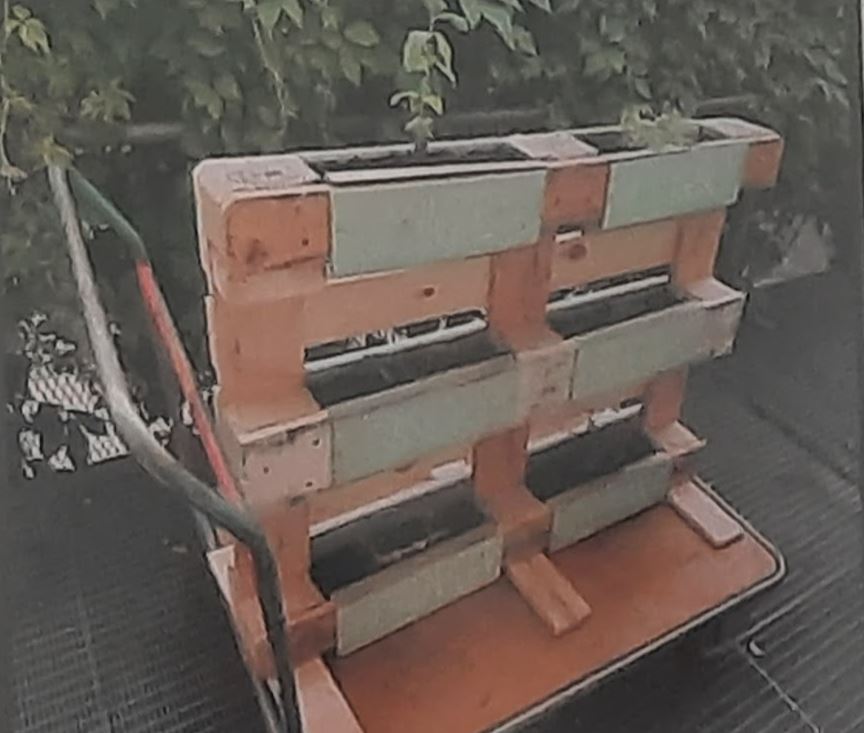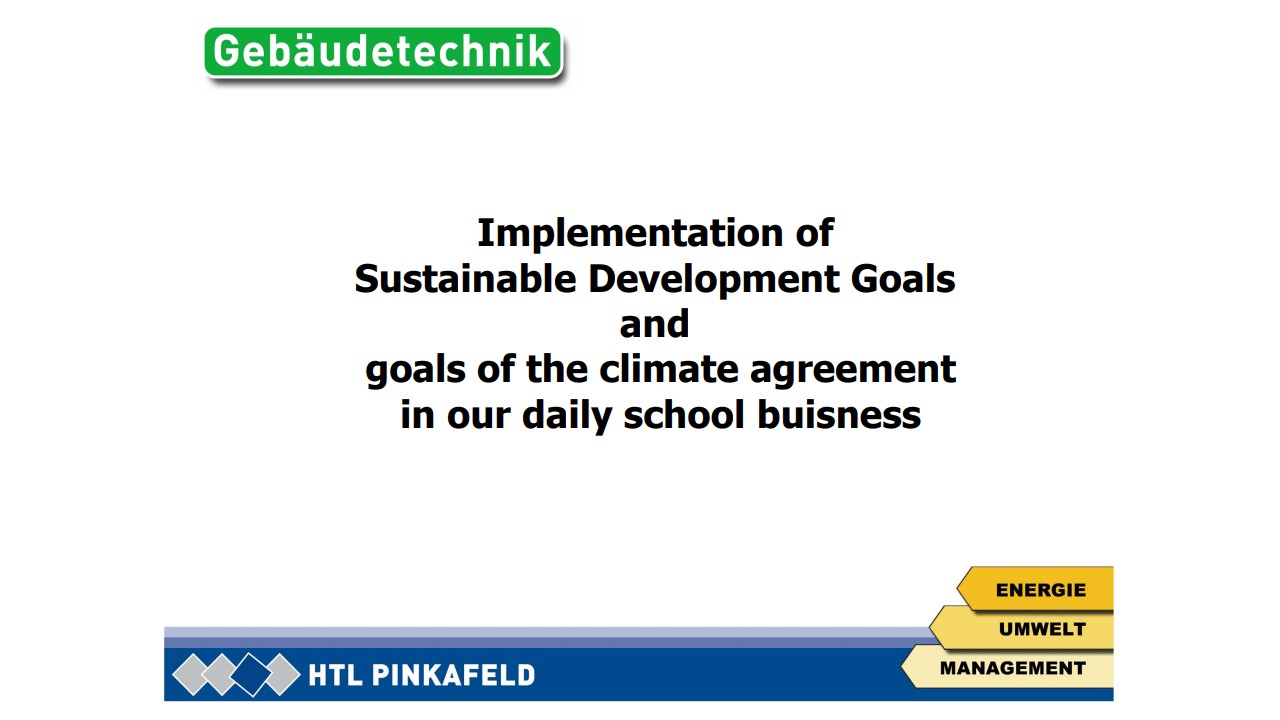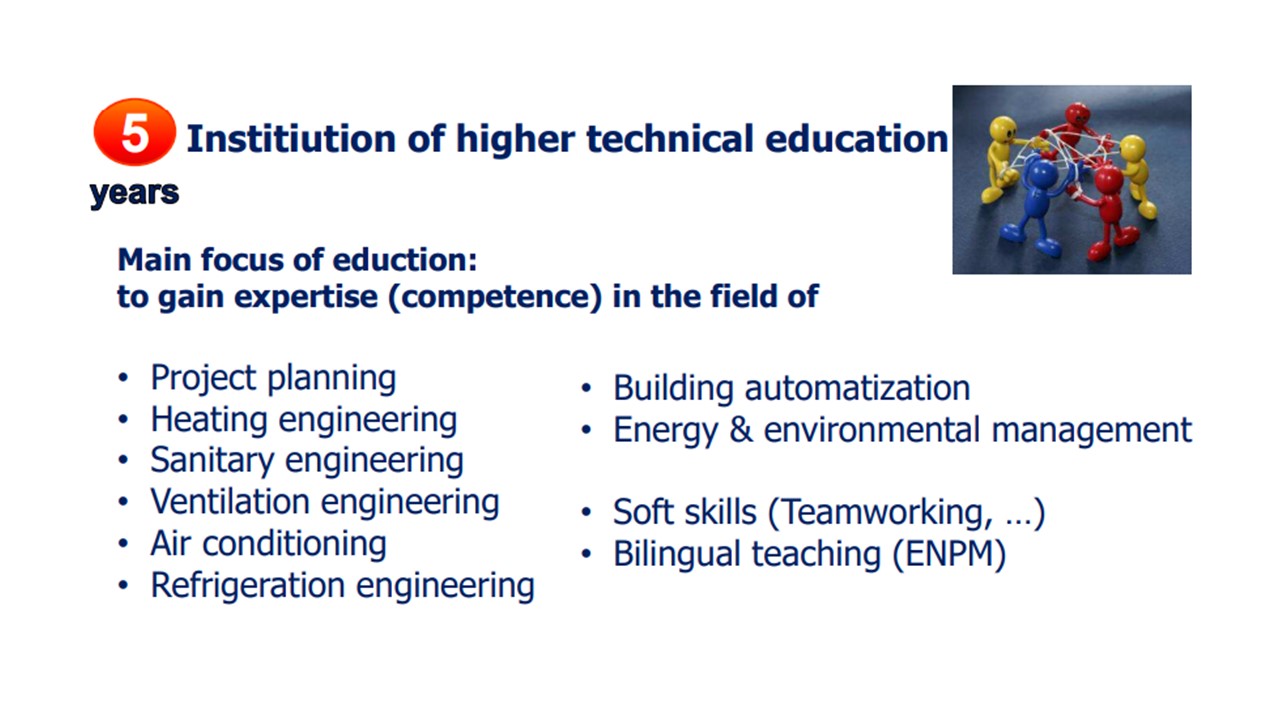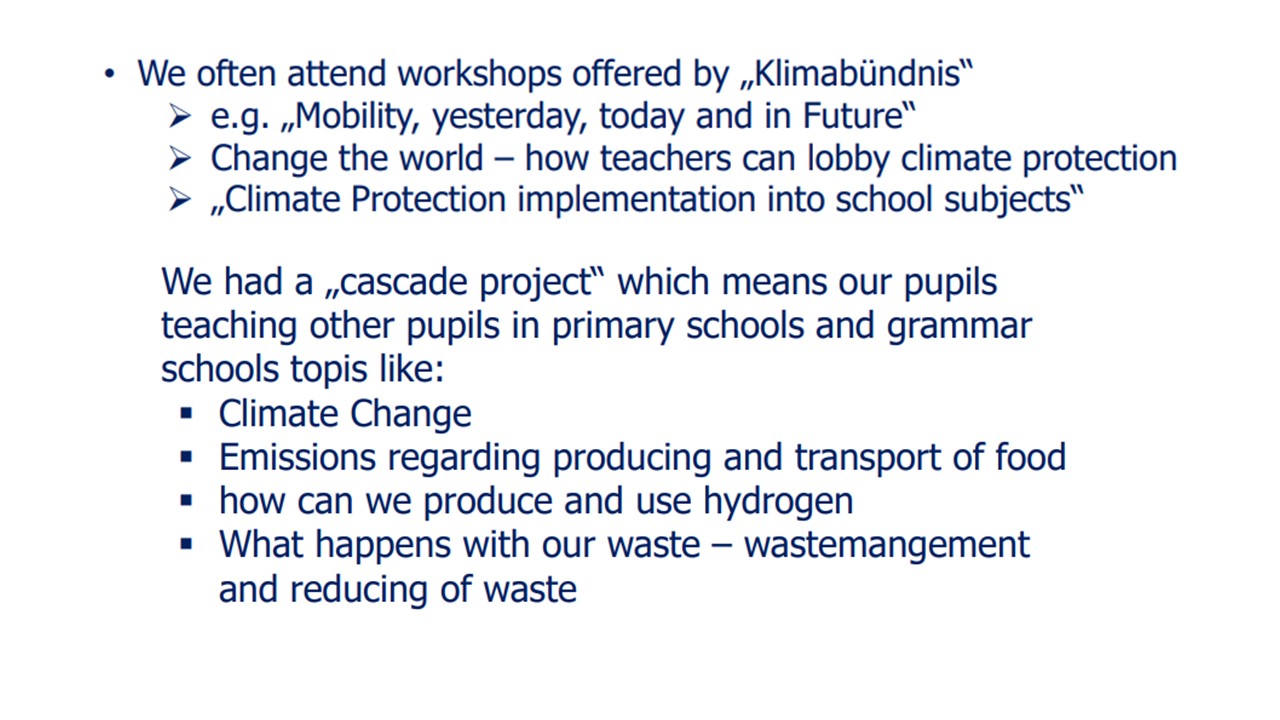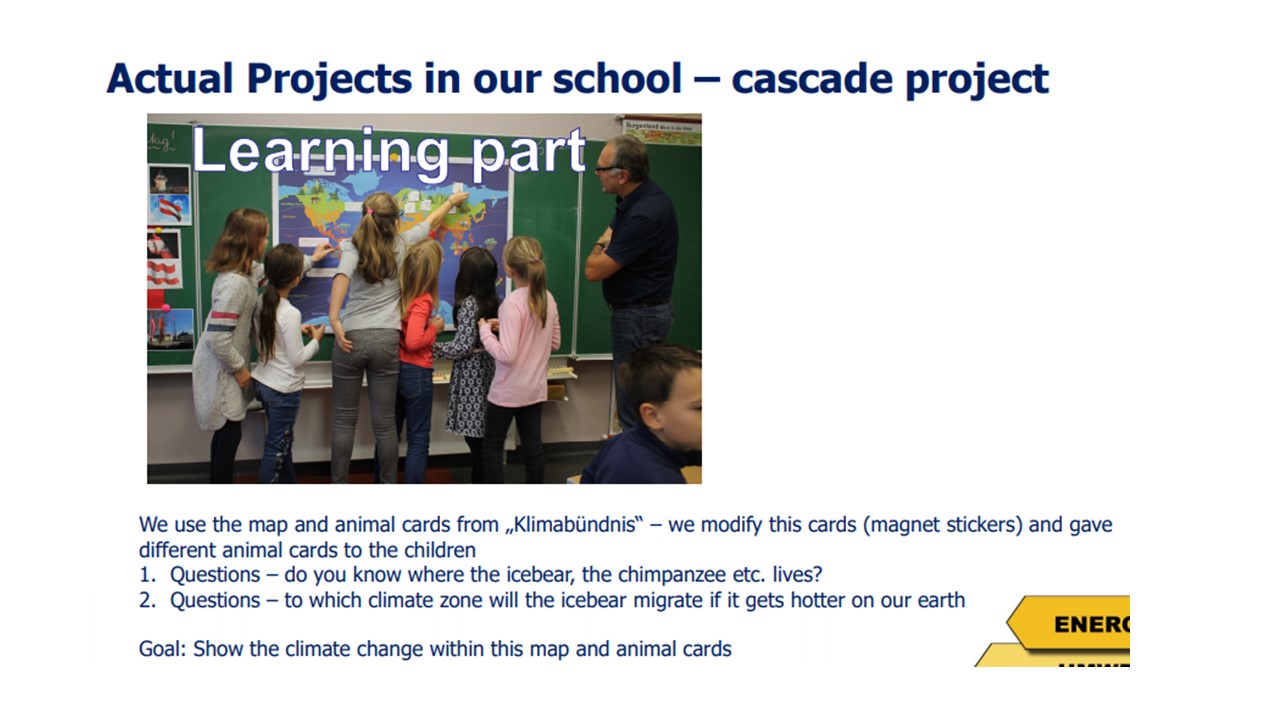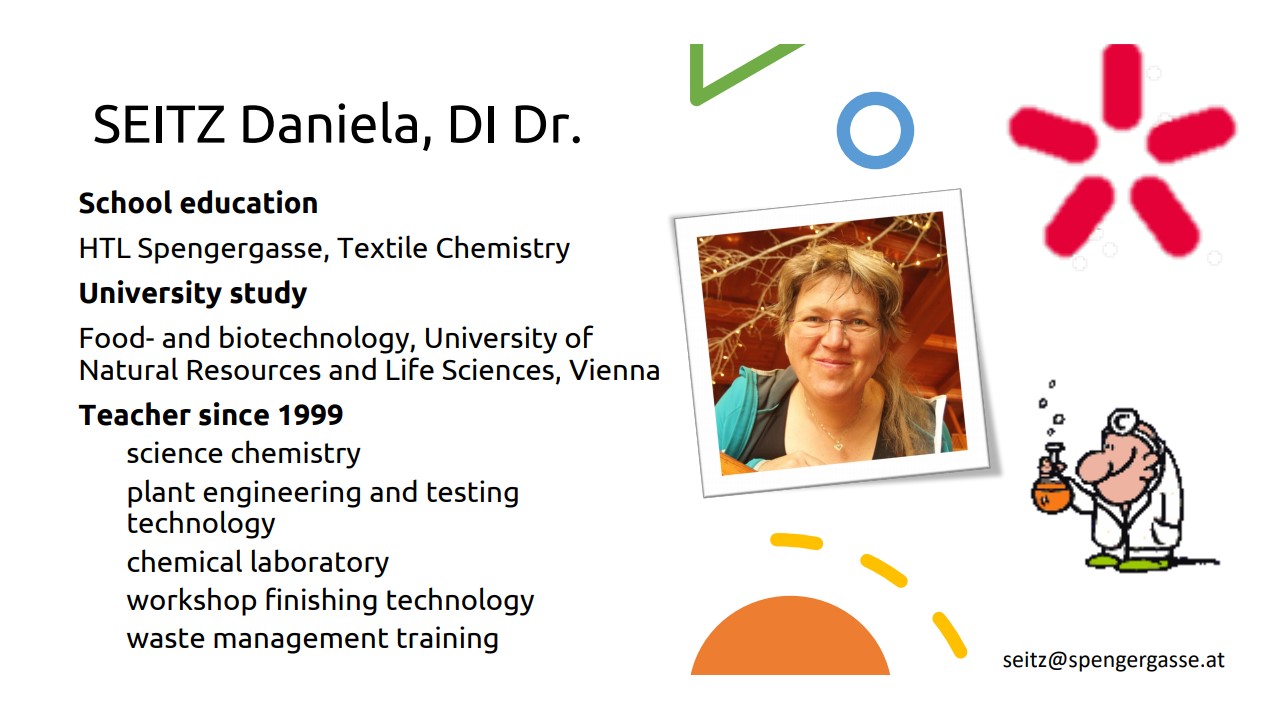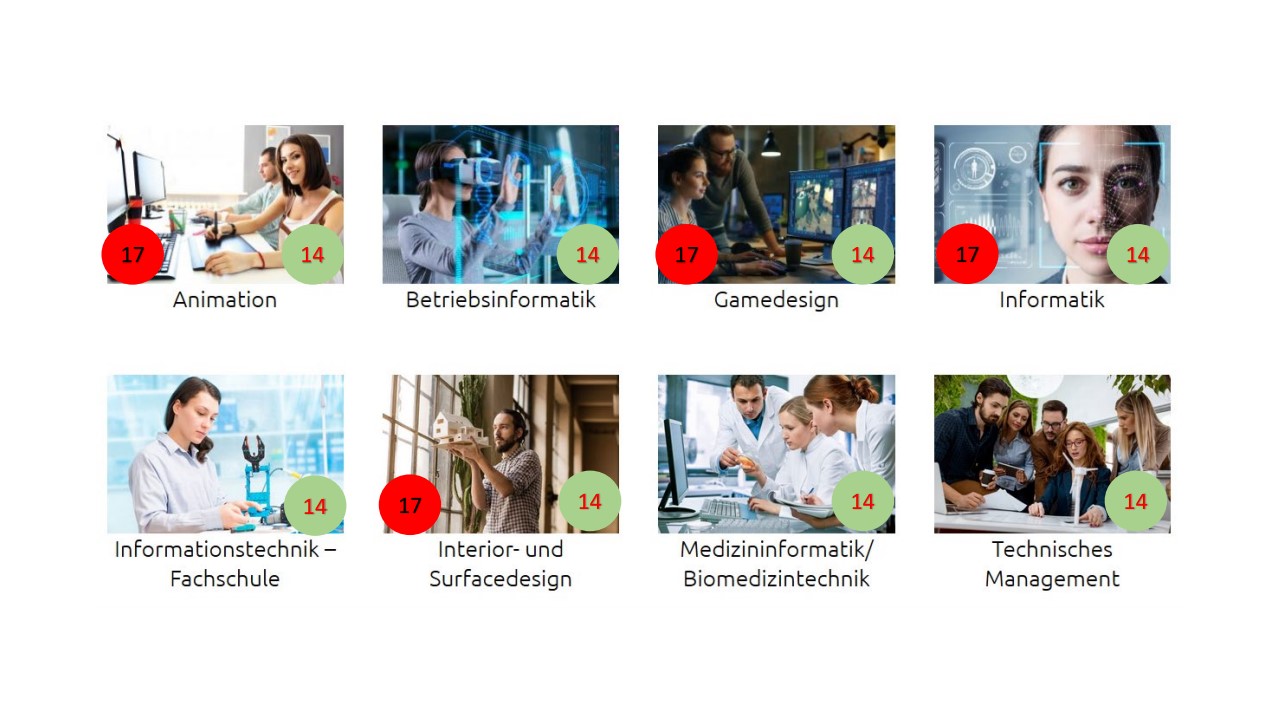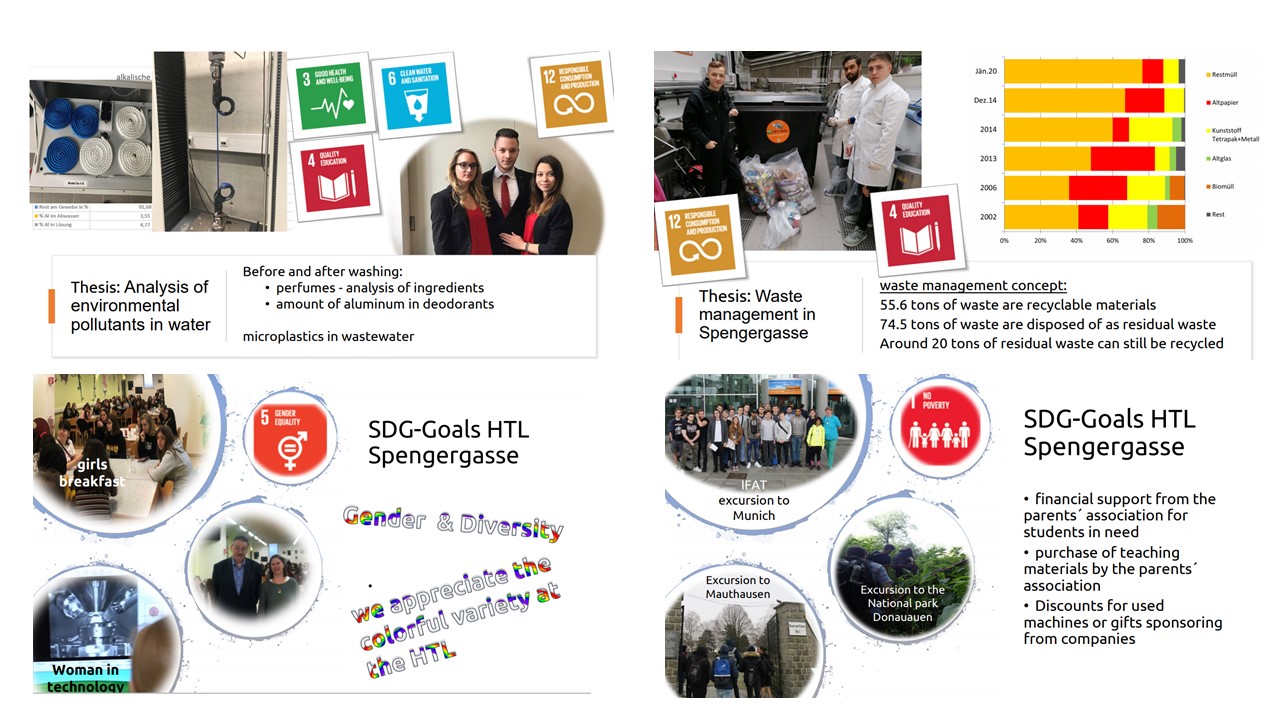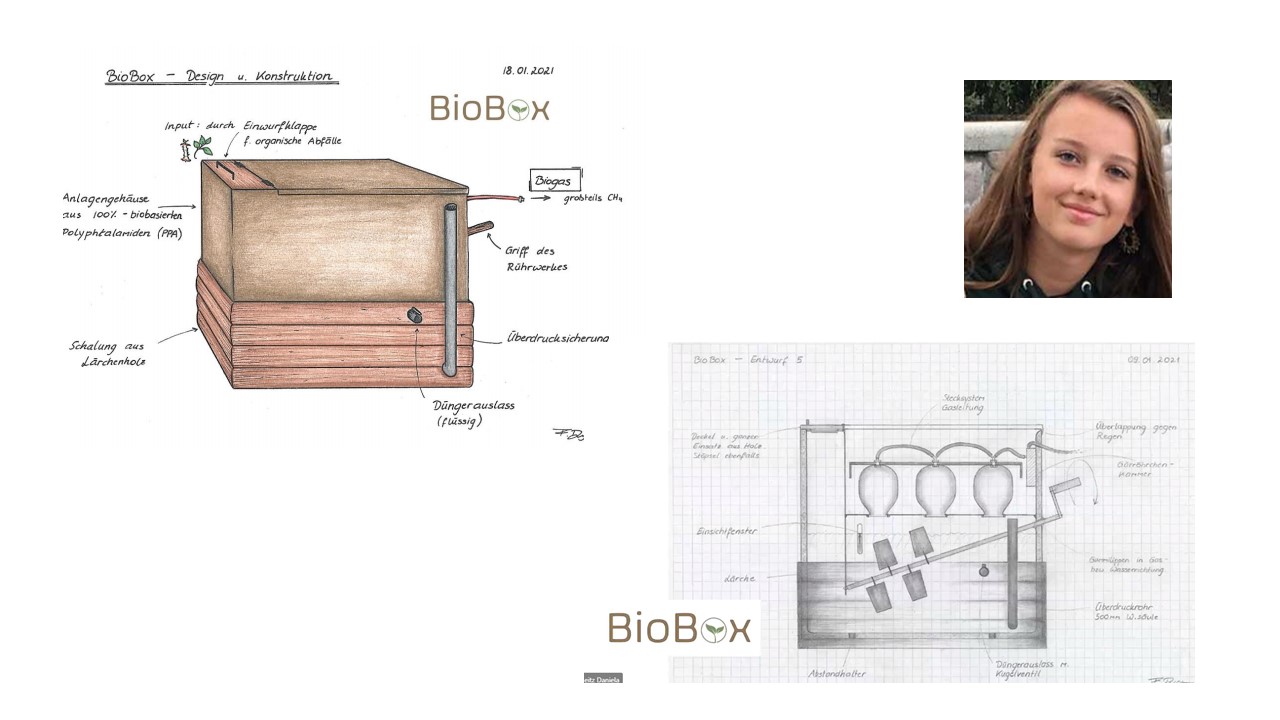Austria VET and sustainability
Austria has a lot of waterpower plants.
35 % renewable sources.
De CO2 emissie van landbouw, afval en gebouwen neemt af maar die van indurstie en verkeer niet.
Terwijl andere landen hun CO2 emissies weten te reduceren groeit die in Oostenrijk.
In de energiemix veroorzaakt de industie 37 %, verkeer 29% en gebouwen 10 % van de CO2 emissie.
Men probeert in 2030 alle elektriciteit duurzaam op te wekken.
In Oostenrijk kan je vanaf 14 op het MBO komen tot 19 met onderscheid in
MBO-colleges (tot 19) MBO scholen (tot 16-17-18) of 1 jaar pre-mbo en dan 3 jaar BBL.
Op 10 jarige leeftijd vindt de eerste schifting plaats. Dat is erg vroeg.
Ze denken over BBL HBO opleidingen. Ze hebben weinig stages en veel contacturen..35-38 uur.
Ze doen veel praktische vaardigheden op op school. In Engeland is er alleen maar geld voor 17 contacturen.
Ze hebben een netwerk van duurzame scholen genaamd okolog
In Oostenrijk heb je Eco-scholen (Okolog schools) waar je je goed voelt, je betrokken bent bij de omgeving en het milieu en op zoek gaat naar duurzame oplossingen voor sociale, economische en ecologische issues.
Er bestaan 600 eco-scholen in Oostenrijk voor 150.000 studenten, 16.000 docenten en 10 scholen voor docentenopleidingen.
Onderwerpen zijn de schoolontwikkeling, het behoud van natuurlijke bronnen, het reduceren van emissies, mobiliteit, natuur op school, gezonde voeding, gezamenlijke inrichting en gebruik van de ruimten op school, samenwerking tussen de school en de samenleving, een cultuur waarin geleerd worden en wordt onderwezen, schoolklimaat en bijdrage aan het klimaat.
Je wordt een eco-school als je in de school consensus hebt, een team vormt met een coordinator, analyseert en evalueeert de ecologische situatie waarna wordt bepaald wat voorrang heeft, doelen formuleert, projecten plant, ze implementeert en documenteert, sucessen reflecteert en behoudt, sucessen viert en succesvolle projecten overneemt in het allerdaagse schoolleven.
Ze geven happiness trainings, berekenen de ecologische footprint, maken klimaatverandering visueel, gebruiken voedsel met plezier in plaats van weg te gooien.
Ze zeggen b.v. waar komt een ei vandaan. Ze halen dan kippen, geven ze een hok, voeren ze etc. Ook veel over de SDG goals m.n. 14-17. Betaald door het ministerie van onderwijs.
Aan het einde van het jaar schrijft een leerling op wat die gedaan heeft.
Bij BSHR (een MBO in Wenen) hebben ze duurzaamheid in de visie en ze onderwijzen het maar het staat nog niet in de kwalificatie dossiers. Dat gaat nog jaren duren maar bij de spoorwegen is het al geregeld. De rest gaat wel volgen maar dat duurt nog even.
De meeting in Wenen 12-1-2023.
GreenoVET greenovet.eu
Schools of Excellence in Green competences. To establish four fully functional and interconnected CoVEs (Centres of Vocational Excellence) in Green Innovation, embedded in the local innovation and skills ecosystems.
e-baulehre.at heeft 160 filmpjes over hoe te bouwen, te metselen etc.
In de trein zit de machinist op een stoel van 10.000. Die kan draaien op een kogellager die beschermd wordt door een ring. Die ring ging kapot en dan moest je een nieuwe stoel kopen. Nu wordt die 3D geprint.
Laat vrouwen die bij de spoorwegen werken aan meiden vertellen hoe mooi werken bij de spoorwegen is.
Spengergasse is vanaf 2004 Ocolog school
11-5-22 Climate day. Ze doen aan wateranalyses, het laten groeien van aardappelen in oude bakken op het dak/ Opbrengst 2,5 kg.
3 diploma thesis waarin je iets moet verbeteren bij windmolens, zonnepaneel. Een eigen thesis onderdeel van het examen.
Upcycling in industrial engeneering. Iets nieuws maken uit iets ouds.
Oude camera als als lamp.
Fietswiel als klok. Karretje uit een winkelwagen.
Een tuin en een palet.
Overview on 3 climate indicators and the implementation of SDG 4 in the Austrian Education System by Sabine Schwenk
In the first presentation of the Austrian PLA, Sabine Schwenk started with an overview on the three climate indicators „greenhous gas emissions“, renewable resources“ and „energy efficiency“ and the numbers for Austria:
- Between 1990 and 2018 Austria’s greenhouse gas emissions increased by plus 3% while at the same time, the EU 27 emissions on average decreased by minus 21% (mainly related to cheap Diesel prices in Austria and the rise of SUVs purchases) At the same time (1990-2018), the use of renewable resources increased by 33.4 % in Austria, which means that Austria more or less met her target of minus 34% When it comes to energy efficiency, the 2020 target for Austria was a reduction of the final energy consumption by minus 20% and for 2030 it is set for minus 32.5%. Unfortunately, these numbers could not be met. On the contrary, instead of the goal of a final energy consumption of 050 PJ (Peta Joule), Austria‘s energy consumption reached 1.400 PJ in 2017. Here the main reasons are said to be traffic and industry.
As a next step, Sabine presented the implementation of the UN Sustainable Development Goal (SDG) #4 („Quality Education“) with a specific focus on the sub-goal 4.7 „By 2030, ensure that all learners acquire the knowledge and skills necessary for sustainable development, including through education for sustainable development, sustainable lifestyles, human rights, gender equality, promotion of a culture of peace and non-violence, global citizenship and appreciation of cultural diversity, and the contribution of culture to sustainable development.“
Education for Sustainable Development (ESD) has been discussed within the Austrian education system since 1979, but the main initiative started after the UN World Summit in Rio de Janeiro in 1992 and the start of the „UN Decade of Education for Sustainable Development (2005-2014)“. As a consequence, Austria launched initiatives for ESD which led to the „Austrian Strategy for Education for Sustainable Development“ (Österreichische Strategie zur Bildung für nachhaltige Entwicklung“) in 2008. In the 137 pages Strategy, Vocational Education and Training (VET) is only mentioned in a very short passage. As a next step, the „Basic Decree on Environmental Education for Sustainable Development“(„Grundsatzerlass Umweltbildung für nachhaltige Entwicklung“) was issued in 2014 intended for all school types and all school forms. A helpful development was the Education Reform from 2017 with an „Autonomy Package“ and a „Pedagogy Package“, granting schools much more autonomy in educational design and the needs-based training of teachers. It has to be stated, that ESD in Austria is only obligatory in the training of future teachers, but all other educational sectors are only invited to implement the Decree for ESD. The support of the different ministries involved is not very strong (mostly through school initiatives and teaching materials, not additional teaching hours) and that the implementation of ESD strategies are mainly dependant on voluntary initiatives by teachers/students/principles.
Questions/discussions: Manfred raised the question of indicators for „good ESD“, a Dutch participant asked about the integration of lifelong learning in ESD with Sabine answering, that ESD in Austria has been integrated on a voluntary basis in the formal education system, but that the sector of non-formal, informal and lifelong learning has still a long way to go. For further information see presentation by Sabine Schwenk.
Hybrid VET: Peculiarities of the Austrian VET System by Tanja Bacher
In the second presentation, Tanja Bacher gave an overview of VET in Austria in comparison to other European countries (ratio of general education and vocational education and the ratio of school and company-based vocational education and training). Afterwards, she presented an overview on the Austrian Education System with a specific focus on VET with the „Dual System“ (apprenticeship with work-based learning and part-time vocational school), fulltime VET schools and VET colleges. Tanja also showed the distribution of learners in the 10th grade of the school year2014/15 and a chart on upper secondary enrolments between 1970 and 2015 (participation in apprenticeships, VET colleges and academic secondary schools) followed by a chart on the reasons for educational career choices. Furthermore, Tanja introduced the possibilities for integrating ESD in VET with teaching principles and supporting structures (e.g. networks like „ÖKOLOG“, „UNESCO schools“, „Climate schools“ or „Climate Alliance Schools“). The presentation ended with a summary on VET in Austria and its change from a primarily dual to a hybrid system with access to the labour market but access to higher education at the same time. Tanja also stressed that all Austrian schools are supposed to teach the ESD principles but that the 2014 Decree for ESD is a weak instrument, as it is not monitored and some schools are more active than others. The advantage of the teaching principle is that schools have flexibility in implementing it, at the same time leaving it to schools might lead to schools not doing anything in this area. For further information see presentation by Tanja Bacher.
Questions/discussions: The subject of having to make the decision on an educational path with ten years of age being very early in life was touched by Manfred and he asked why this is the case in Austria. Tanja’s answer was, that the Austrian education is discussing this matter for years and tried to offer a solution by starting new „Middle Schools“ but that this did not really work out. Most students from middle schools still start a vocational training while most students from lower and upper secondary academic schools start a University or Applied University Programme. Another question was, whether it is possible to continue from a vocational middle school (BMS) to a vocational higher education (BHS) which was answered with a yes. Manfred asked, why the higher VET system is so successful in Austria? So far, Austria was famous within the EU for her high percentages of dual VET? This is mainly related to a trend towards higher education which makes VET colleges more attractive to both students and parents as these also allow for moving on to higher education. In order to stabilise numbers in the dual system, in 2009 the Apprenticeship with Higher education entrance examination was introduced which also allows apprentices to continue to HE.
Implementation of the Sustainable Development Goals and Golas of the Climate Agreement in our daily school business by the guest Judith Fenz, HTL Pinkafeld
Ms. Fenz is coordinator of the initiative „Climate Alliance Austria“ (Klimabündnis) and VET teacher for Building Technology at the vocational school HTL Pinkafeld in the province of Burgenland
Ms Fenz gave an overview on her vocational college HTL Pinkafeld with its four main educational departments „Civil Engineering“, „Hardware/Software Engineering“, „Electronic Engineering“, and „Building Technology“ offering various VET programmes. Then, she concentrated on her own department „building technology“ that focuses on teaching topics like energy saving, energy recovery, recycling economy, use of renewable energy and women in (executive) engineering positions. She spoke about the reasons for joining the „Klimabündnis“ and the school membership since 2009. She stressed the win-win situation for the school: receiving supporting teaching materials and data from the Klimabündnis network and the chance for exchanging knowledge with primary, grammar and secondary schools through the network. Furthermore, Ms. Fenz introduced the „CASCADE“ project to the audience. In this Climate Alliance Project, students of the HTL Pinkafeld developed a programme for teaching pupils of primary schools and grammar schools. The focus was on facts on climate change, emissions in the context of producing and transporting food and on waste management.
She demonstrated activities done in a primary school using material that the school received from the Climate Alliance network like cards or maps on climate change or games. The second project mentioned „MakingaChange“ will start 2021 in cooperation with the Technical University Graz and the University of Natural Resources and Life Sciences, Vienna. Here, a team of 5 pupils from the HTL Pinkafeld will learn to calculate the carbon footprint of their school (energy, heat, mobility, food). They later will fungate as multipliers at their school teaching the knowledge also to peers. The benefits of joining the Klimabündnis were named to be: support with teaching material, workshops for networking and knowledge sharing, interesting projects for students, social competence for students, gaining knowledge on climate issues, and acknowledgement from other institutions (e.g. awards).
Questions/discussions:
Ms. Fenz stressed the importance of networking with other VET schools and that catching the interest of primary school children is a key for implementing the SDGs in the future. She also mentioned that most schools that are members of the „Klimabündnis“ network (climate alliance network) are primary and secondary schools and that the percentage of VET school members is still rather low (2-3). Sabine asked Ms. Fenz which challenges she faces with joining the Climate alliance. Ms. Fenz answered that no additional hours are granted to the VET college and teachers engaged to teach the SDGs.
ÖKOLOG (ECLOLOG) - Austria’s largest network for school & environment by Mira Dulle
Network coordinator, Institute for Teaching and School Development (IUS), Alpen-Adria University Klagenfurt, Carinthia
Ms. Dulle introduced one of the biggest ESD networks in Austria which is a programme for environmental education and school development and was initiated/ is supported by the Federal Ministry of Education since 2000. She described the activity levels on a pedagogical, social and economic level. There are about 600 ÖKOLOG schools (10% of all schools in Austria) with over 150.000 pupils, 16.000 teachers, 10 colleges of teacher education, and one educational board. The ÖKOLOG network has a regional office in each of the nine Austrian provinces. The acting partners are the schools, the ÖKOLOG regional teams, the Department of Instructional and School Development, the University Klagenfurt and the Federal Ministry of Education. From 588 ÖKOLOG schools, only 12 schools are vocational schools. Ms. Dulle presented the work areas of ÖKOLG (e.g. saving resources, reducing emissions, mobility and traffic, experiencing nature at school, healthy nutrition, participative design & use of school space, co-operation between school & communities, culture of teaching & learning, school climate & participation, school development) and the „ecologisation“ of a school from single projects to measures focusing on implementing a respective school culture. She also mentioned the 10 points of how to become an ÖKOLG school from creating a school consensus and forming a school team with a coordinator to the analysis of the ecological school situation, setting priorities, formulating goals and planning projects & measures. Furthermore, projects and measures are implemented and documented, there is success control & reflection, information & communication to celebrate successes and strengthen the team spirit and the final goal of taking over successful projects in everyday school life. Ms. Dulle also presented 2 schools and the accompanying research activities with studies by the ÖKOLOG research team. Finally, important factors for the support of ÖKOLOG were discussed (e.g. clear regulation of tasks, funding by the ministry, regional support structures, a website as a central info tool, support for schools (certificates, teaching hours, project funds), teaching materials for schools, support of school teachers, etc.).
Questions/discussions:
What are these regional environmental agencies? Ms. Dulle answered that these are attached to the provincial governments and are coordinating the activities of the ÖKOLOG schools on regional level. Another question was how the SDGs can be implemented in VET in Austria. Ms. Dulle said that according to ÖKOLOG ecological activities can be touched in all subjects and integrated in the teaching in a cross-curricular way. Further, it was discussed how to become member of the ÖKOLG school network. Ms. Dulle answered that this all depends on the initiative of one or more teachers. There has to be a coordinator who is involving the whole school team which is necessary in order to implement the SDGs at the school level. It also depends very much on the opinion of the headmaster. Everything is completely voluntary, if the school becomes a member, it receives a contract and it has to write an annual report reflecting on ecological activities. Also, it was asked whether ÖKOLOG member schools have to pay for membership. Ms. Dulle answered that the ÖKOLOG teachers receive 2 additional teaching hours and a little money for the regional ÖKOLOG meetings. There is no membership fee. Finally, it was asked if also VET schools are part of the UNESCO schools’ network in Austria? Which was answered with yes.
HTBLVA für Textilindustrie und Datenverarbeitung – The Vocational College HTBLVA for Textile Industry and Data Processing, by Daniela Seitz
ÖKOLOG school coordinator, teacher of chemistry, plant engineering and testing technology, waste management training, vocational college HTL Spengergasse
After introducing herself, Ms. Seitz gave an overview of her vocational college with 230 teachers and 2,200 students being a higher technical school with training branches for 14+ and 17+ year olds in: „animation“, „business informatics“, „game design“, „computer sciences“, „information technology“, „interior design and surface design“, „medical informatics/biomedical engineering“ , and „technical management“.
Students also implement individual SDG projects (e.g. analysis of environmental pollutants in water, microplastics in water). There are workshops for upcycling and using school materials in a new context.
Ze hebben een duurzaamheidsweek met allerhande leuke opdrachten. Maak meubels van oude boeken. Van oude kleding manden maken voor honden. Excursies.

